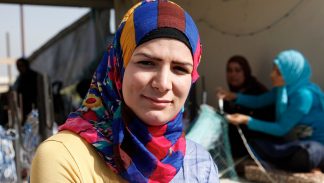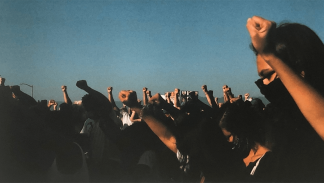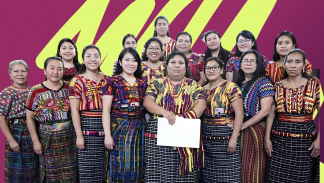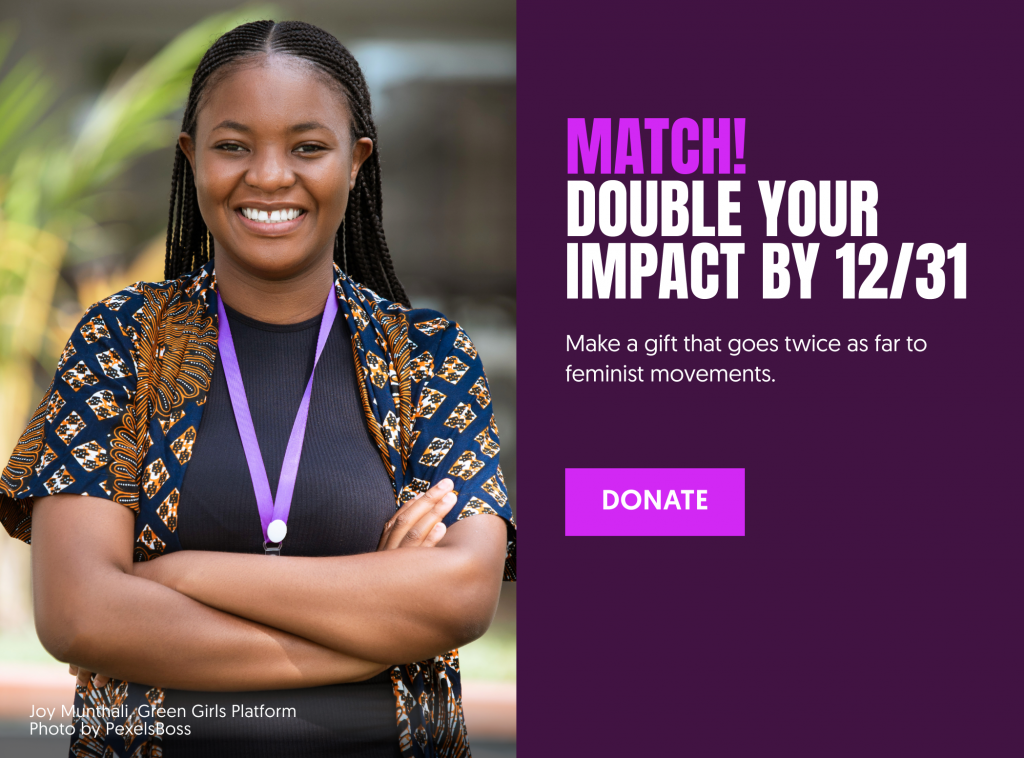Online violence: Just because it’s virtual doesn’t make it any less real
In the Democratic Republic of Congo, two teens’ private photos, taken by a boyfriend, are posted to Facebook without their consent. In Bosnia and Herzegovina, a young woman is covertly photographed and pursued online by a stalker who claims they have a “forbidden love.” And in Pakistan, an outspoken human rights activist’s address is included in a blog post imploring readers to kill her, and a month later, the activist and her husband are targeted in a drive-by shooting.
These are just a few examples of the many forms of online harassment that women face everywhere around the world. Women are regularly subject to online rape threats, online harassment, cyberstalking, blackmail, and more.
As the internet becomes an increasingly important part of human existence and a critical space for marginalized populations to make their voices heard, a woman’s inability to feel safe online is an impediment to her freedom, as well as to her basic human rights. Yet the problem of online violence and harassment is often overlooked in discussions of violence against women.
“Online violence against women is an overt expression of the gender discrimination and inequality that exists offline. Online, it becomes amplified,” says Jac sm Kee of the Association for Progressive Communications (APC), a Global Fund for Women grantee partner, which provided the above examples of online violence and harassment. “The most important way to shift this is to enable women and girls to engage with the Internet at all levels – from use, creation, and development to the imagination of what it should and can be.” APC released findings that examined over 1,000 cases of technology based violence from seven countries, and found that women aged 18 to 30 are most likely to experience online violence, and that less than half of the cases reported to authorities have been investigated.
“In a world where we seamlessly navigate the online and the offline everyday – often being in both spaces at the same time – it is crucial for us to address the violence that women face in both realms. Online violence is real violence,” says Bishakha Datta of the Mumbai-based non-profit Point of View. “We need to address online violence because it limits our right to free and full participation, our freedom of expression and our right to safety and to privacy. Just because it’s in the virtual realm doesn’t make it any less real.”
The first step to addressing online violence against women is to recognize that it is a legitimate and harmful manifestation of gender based violence. “Individual women who experience online abuse understand that online violence is real violence, but very often their peers, friends, or families don’t,” says Datta. “Sometimes it’s laughed off. Some families restrict girls and women from accessing the internet if they complain of violence, so they don’t tell their families. Isn’t this similar to locking up girls at home for their own ‘protection’ or restricting their mobility in the name of protecting them? It doesn’t work offline, and it won’t work online.”
Addressing online violence will require collective efforts from individuals, corporations, and governments. “Just like the global, sustained effort to end violence against women broadly, achieving online safety for women takes multiple, concerted strategies by different actors,” says Jac sm Kee. “Governments need to include online violence against women as part of their plans to end violence against women as a whole, and see this as a larger barrier for women and girls in exercising the full range of their human rights. Social media companies need to take proactive steps to ensure their space does not enable these acts.”
Global Fund for Women is working for a world of Zero Violence. Women and girls deserve to live in a world where they are free from physical violence—domestic abuse, sexual assault and rape as a weapon of war—as well as violence online. We recognize that online violence is a symptom of deep-seated gender inequality, and just one more way that women and girls are denied their human rights. That’s why we support women’s groups engaged in tackling online violence – from reporting online harassment cases to providing counselling and training.
We cannot separate online and offline violence. We all must demand a better Internet where everyone – women, youth, trans people – can make their voices heard free from violence. And while women’s rights activists have a roadmap for how to get there, it will require action and cooperation from governments, companies, and of course, individuals. “We need policies that are based on the actual harms that women face online,” said Bishakha Datta. “We need recognition of online violence as real violence; and we need to deal with violence without restricting women’s freedoms.”



